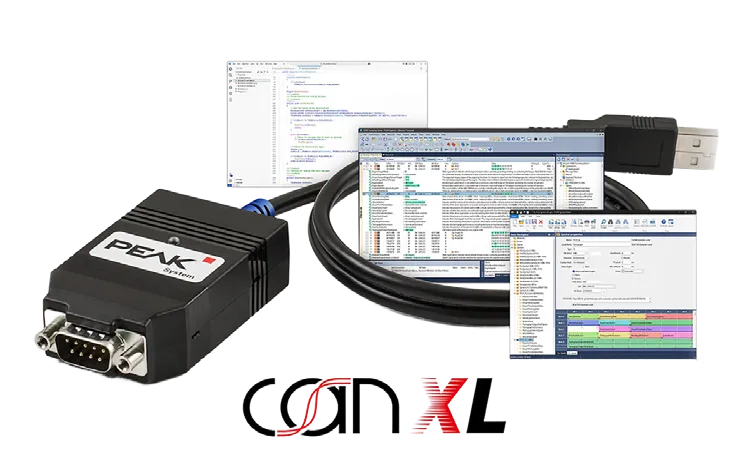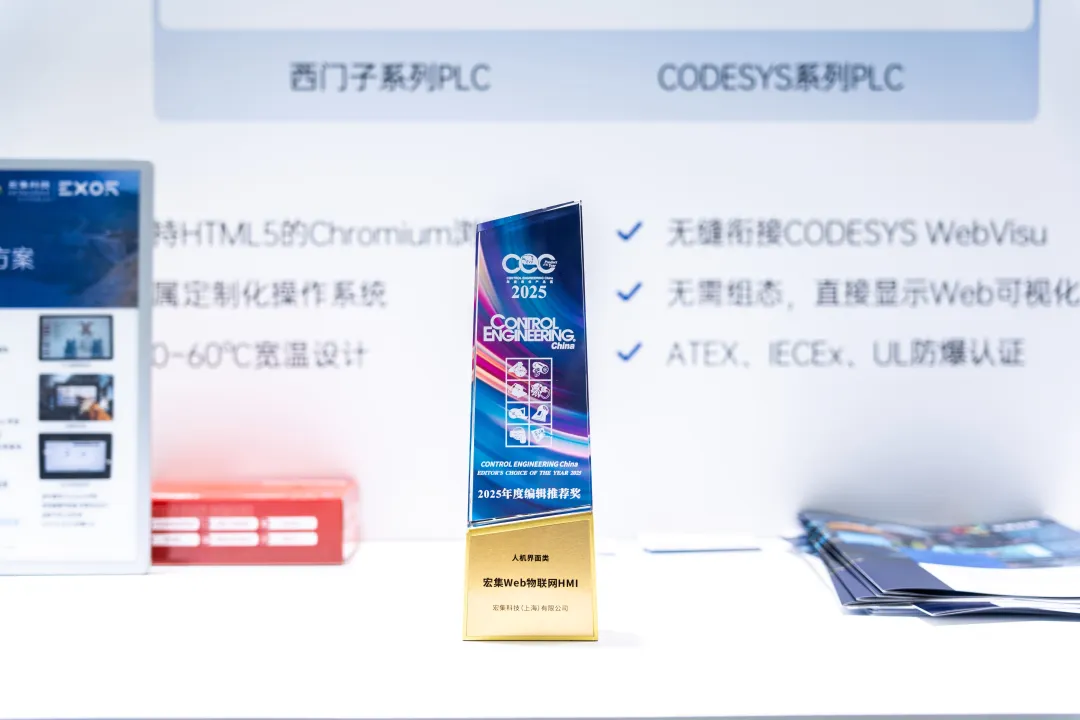
【虹科方案】CAN XL 下一代車載通訊革命|全面升級智慧汽車網絡效率
傳統 CAN (FD) 已難滿足智慧汽車與車聯網需求。了解 HongKe CAN XL 技術如何突破頻寬與傳輸限制,支援 2048 字節高容量、高速率達 20Mbit/s,完美兼容 CAN FD,助力車載電子與自動駕駛升級。
Phishing attacks are evolving at an unprecedented rate, and KnowBe4, the world's largest security awareness training platform, has been tracking phishing trends for a long time through the 14.5 million users, 62,400 organizations and 67.7 million simulated fishing tests The data provides companies with the most authoritative Phish-Prone Percentage (PPP) and risk insights.
This year's report shows that the global average failure rate of first tests is as high as 33.1%The breakdown by industry shows that medical, insurance and retail industries are the most vulnerable to attacks. Meanwhile, AI-generated phishing emails and spoofed emails from internal accounts have become more insidious, posing a more serious challenge to traditional technical defense.
For companies, insufficient staff development, increased cross-border factors and lack of localized fishing simulations further increase the risks. The challenge for companies is not only technical, but also about employee behavior and safety culture. Getting to grips with key data and trends is the first step in developing a training strategy.
In the first stage, before any SAT testing, the baseline phishing vulnerability rate (PPP) for global businesses was 33.1%In other words, one in three employees is vulnerable to phishing emails and social engineering attacks.
Digging deeper, we found that more than half of the industries (10 out of 19) have PPP First Test averages above this baseline. For organizations of all sizes, the following industries are the most at risk:
The data shows that employees in highly sensitive information industries and customer-facing interactive business operations are more likely to be targeted, with significantly higher than average failure rates at first detection. Only five industries had PPPs below 301 TP3T, and even then, more than a quarter of employees were vulnerable to phishing attacks: Transportation (29.91 TP3T), Business Services (29.61 TP3T), Consumer Services (29.51 TP3T), Legal (28.51 TP3T), and Government (28.21 TP3T).
On average, having More than 10,000 employees The company's PPP is as high as 40.5%Ownership 1,000-9,999 staff The corporate PPP for 33.7%Ownership 250-999 staff The corporate PPP for 28.7%; in contrast, only 1-250 staff The corporate PPP for 24.6%The
This phenomenon is illustrated by the fact that the more people there are, the more emails there are, and the more fingers there are to click on the links. And it's harder to raise a collective consciousness among more people. The risk profile varies by industry and organization size, but collectively, the greatest risks are concentrated in the larger enterprises.
The good news is that after just 90 Days of Best Practices TrainingThe risk of phishing can be significantly reduced across all industries. The global average click-through rate per five employees (19.81 TP3T) can be reduced by Over 40%The
The situation continues to improve:12 months laterAverage PPP declines 86% to 4.1%This downward trend will continue. With continued training, the average PPP could be reduced to $4.5 billion in two years' time. 3.7%In three years' time, it could even be reduced to 2.6%This trend of decline has been observed in all sectors. This downward trend has been observed in all sectors.
| Enterprise Size | Number of workers | Baseline PPP (First Test Failure Rate) | Average improvement rate (SAT one year later) | High Risk Sector (Baseline PPP ≥30%) | Industries with the Most Outstanding Training Effectiveness and Data |
|---|---|---|---|---|---|
| Large Enterprises | 1,000-10,000 | 33.7% | 87% | Healthcare & Pharmaceuticals (41.1%), Banking (39.5%), Financial Services (38.4%), Energy & Utilities (37.2%) | Medical & Pharmaceuticals, Hospitality, Legal: 91% improvement rate; Legal SAT lowest click-through rate after one year 3.1% |
| Medium-sized Enterprises | 250-999 | 28.7% | 86% | Nonprofit (31.7%), Insurance (31.6%), Healthcare & Pharmaceuticals (31.4%), Retail (31.5%), Banking (30.4%), Consumer Services (30.1%) | Banking click rate down 91.8% (to 2.5%), Transportation 89%, Energy & Utilities 88%, Manufacturing 87%, Transportation 87%, Financial Services 87% |
| Small Business | 1-249 | 24.6% | 85% | Nonprofit (27.5%), Insurance (26.9%), Healthcare & Pharmaceuticals (26.6%), Retail (26.5%) | Banking hit rate down to 21 TP3T (down 901 TP3T); Energy & Utilities, Transportation, Construction, Education all at 871 TP3T |
Form Instructions:
While large enterprises are rich in training resources and can make more significant improvements, small and medium-sized enterprises rely on tools and automation templates to make up for the lack of training coverage.
The Asia-Pacific data confirms the effectiveness of continuous training and phishing simulations; it also reminds companies not to overlook regional differences and localization needs.
AI interventions have made phishing emails more realistic and difficult to recognize even for trained security professionals. In the next two years, some traditional detection mechanisms may become ineffective.

傳統 CAN (FD) 已難滿足智慧汽車與車聯網需求。了解 HongKe CAN XL 技術如何突破頻寬與傳輸限制,支援 2048 字節高容量、高速率達 20Mbit/s,完美兼容 CAN FD,助力車載電子與自動駕駛升級。

藥物膠囊內容物如何確保穩定一致?虹科 Grant OLS-26 圓周往復一體式水浴搖床,提供高效混合與精準控溫,廣泛應用於GMP製藥工藝,助藥企提升品質與生產效率。

虹科憑藉創新的人機介面解決方案(Web 物聯網 HMI, Human–Machine Interface),從近 200 款參賽產品中脫穎而出,榮獲 「CEC 2025 年度編輯推薦獎」。